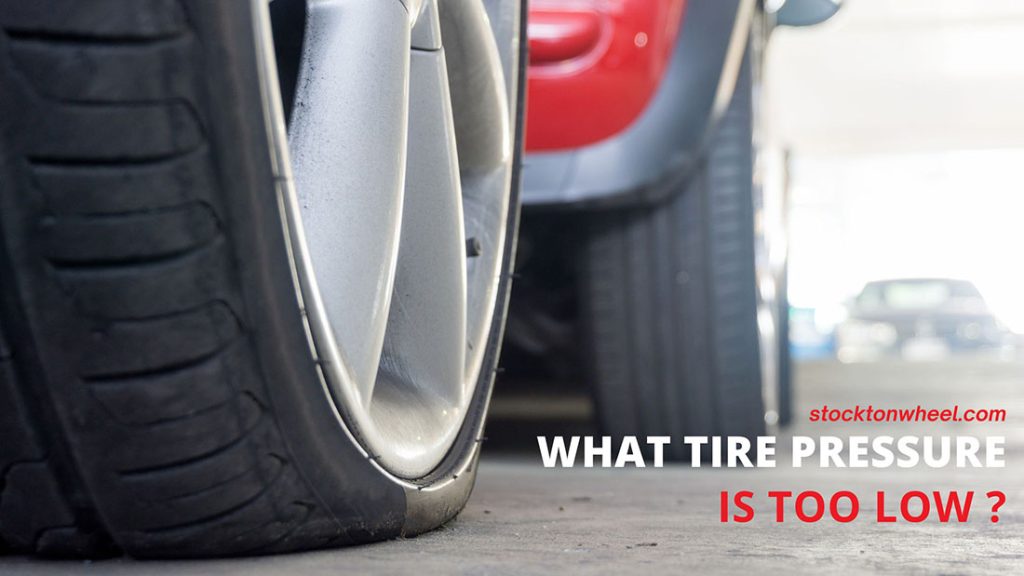

**The Consequences of Incorrect Tyre Pressure: Hazards of Underinflation and Overinflation**
Maintaining the appropriate tyre pressure is a vital component of vehicle safety and performance. Tyres serve as the sole connection between a vehicle and the road, and their state significantly influences handling, fuel efficiency, and overall driving security. Incorrect tyre pressure—whether low or high—can result in various issues, ranging from diminished fuel economy to perilous blowouts. This article examines the implications of improper tyre pressure and outlines the dangers linked to both underinflation and overinflation.
—
### Comprehending Tyre Pressure
Tyre pressure is gauged in pounds per square inch (psi) or bar and indicates the volume of air contained within a tyre. Vehicle manufacturers provide the suggested tyre pressure for both front and rear tyres, typically found in the owner’s manual or on a label located inside the driver’s door frame. This pressure is meticulously calculated to guarantee optimal performance, safety, and tyre durability.
—
### Dangers of Underinflated Tyres
Underinflation arises when tyres possess less air pressure than recommended. This condition can lead to several adverse effects:
#### 1. **Accelerated Tyre Wear**
Underinflated tyres maintain greater contact with the road, particularly on the outer edges of the tread. This uneven pressure distribution results in quicker and uneven wear, shortening the tyre’s lifespan.
#### 2. **Decreased Fuel Efficiency**
When tyres are underinflated, they generate increased rolling resistance. Consequently, the engine must exert more effort to propel the vehicle, leading to heightened fuel consumption. The U.S. Department of Energy states that underinflated tyres can reduce gas mileage by around 0.2% for every 1 psi decrease in pressure.
#### 3. **Impaired Handling and Braking**
Underinflated tyres can hinder vehicle handling, resulting in sluggish and less responsive steering. Braking distances may also lengthen, especially on wet or slippery surfaces, elevating the risk of accidents.
#### 4. **Overheating and Blowouts**
Inadequate air pressure causes the tyre to flex more while rolling, producing excessive heat. This may result in tyre failure or blowouts, particularly at high speeds, which presents a serious safety risk.
—
### Dangers of Overinflated Tyres
Overinflation happens when tyres are inflated beyond the manufacturer’s suggested pressure. Although it might seem that firmer tyres enhance performance, overinflation introduces its own array of hazards:
#### 1. **Diminished Traction**
Overinflated tyres have a reduced contact patch with the road, which can compromise grip, particularly on wet or uneven surfaces. This can adversely impact cornering and braking abilities.
#### 2. **Uneven Tyre Wear**
Excessive air pressure forces the centre of the tyre tread to bear most of the load, accelerating wear in the middle and shortening the tyre’s overall lifespan.
#### 3. **Stiffer Ride Quality**
Overinflated tyres exhibit a decreased ability to absorb road irregularities, leading to a harsher, less comfortable ride. This can also contribute to increased wear on suspension components.
#### 4. **Heightened Risk of Damage**
Stiffer tyres are more prone to damage from potholes, curbs, and road debris. The lack of flexibility can result in cracks, punctures, or even sudden tyre failure.
—
### How to Ensure Proper Tyre Pressure
To mitigate the risks related to improper tyre pressure, adhere to these best practices:
– **Regularly Check Tyre Pressure**: Employ a trustworthy tyre pressure gauge to examine all four tyres at least once a month and prior to long journeys.
– **Abide by Manufacturer Recommendations**: Inflate tyres to the pressure recommended by your vehicle’s manufacturer, rather than the maximum pressure indicated on the tyre sidewall.
– **Adjust for Weight and Conditions**: If transporting heavy loads or operating in extreme temperatures, consult your vehicle manual for necessary pressure adjustments.
– **Look for Damage**: Regularly inspect tyres for signs of wear, punctures, or damage that could influence pressure retention.
—
### Summary
Maintaining correct tyre pressure is crucial for safe and efficient driving. Both underinflation and overinflation can jeopardize vehicle performance, escalate operating costs, and pose significant safety risks. By routinely checking and sustaining the recommended tyre pressure, drivers can improve their vehicle’s handling, prolong the life of their tyres, and lower the chances of accidents. It’s a straightforward yet essential practice that greatly contributes to road safety and vehicle dependability.






